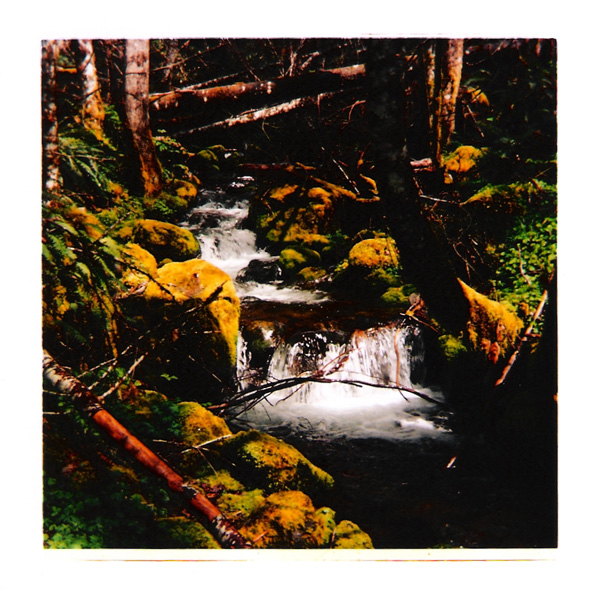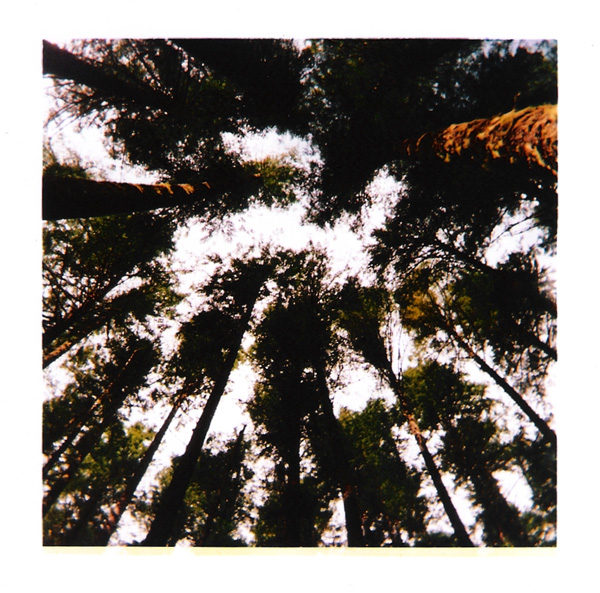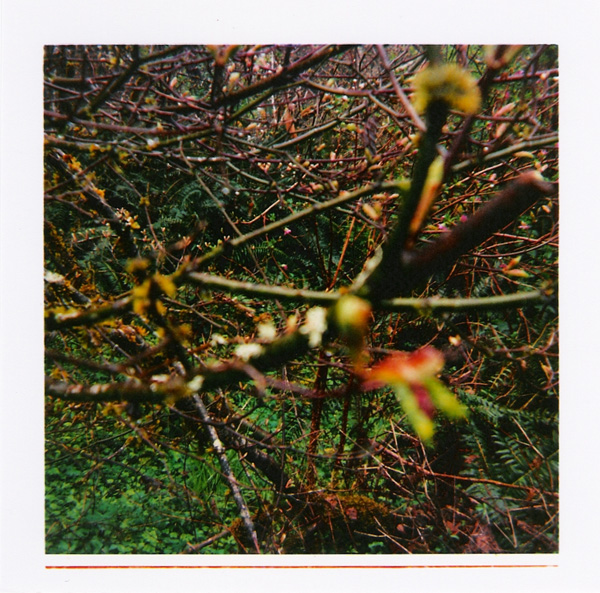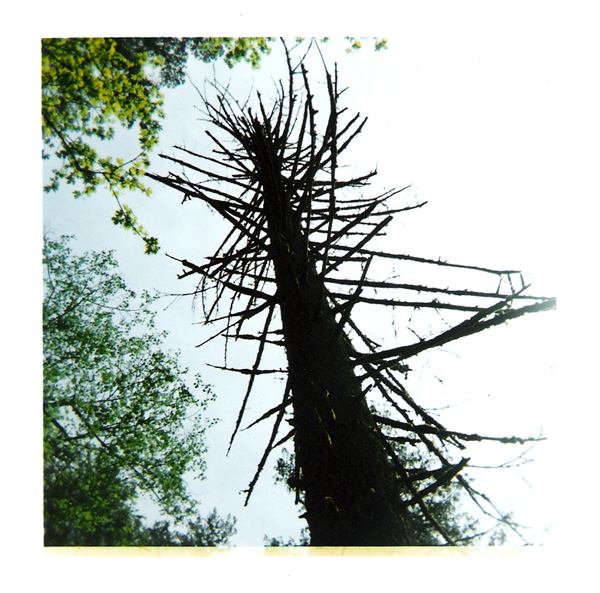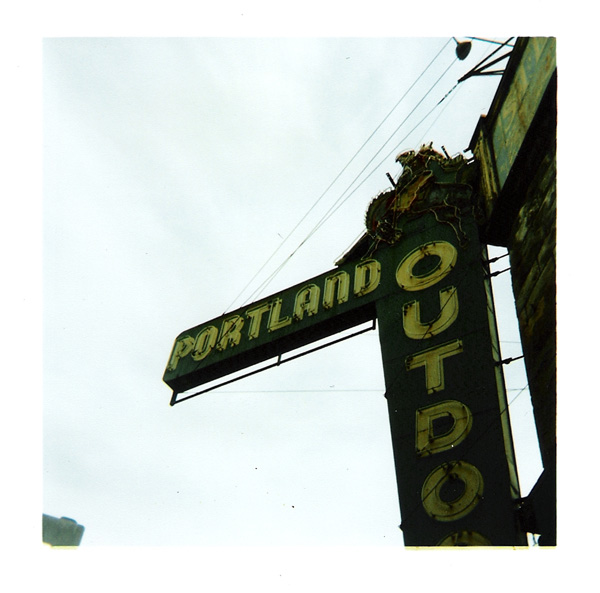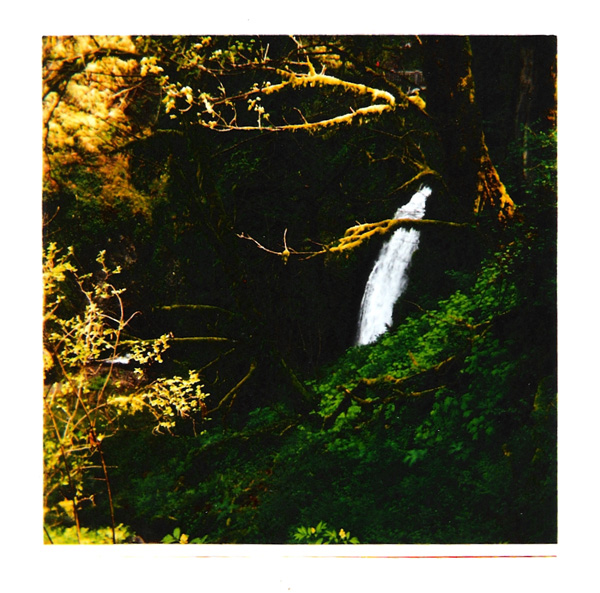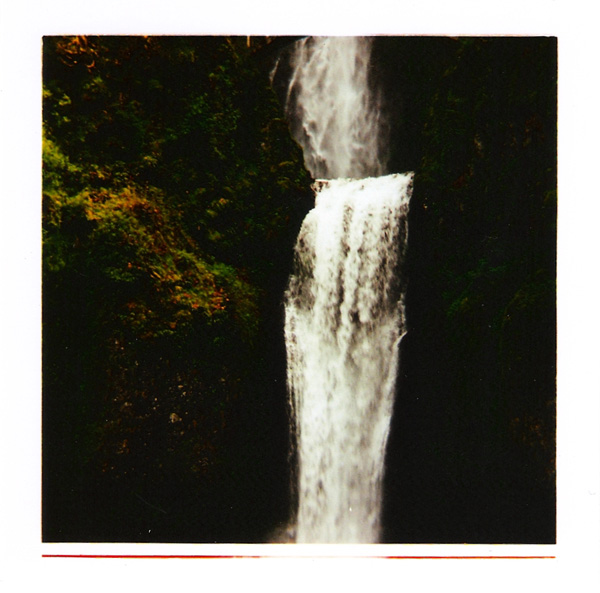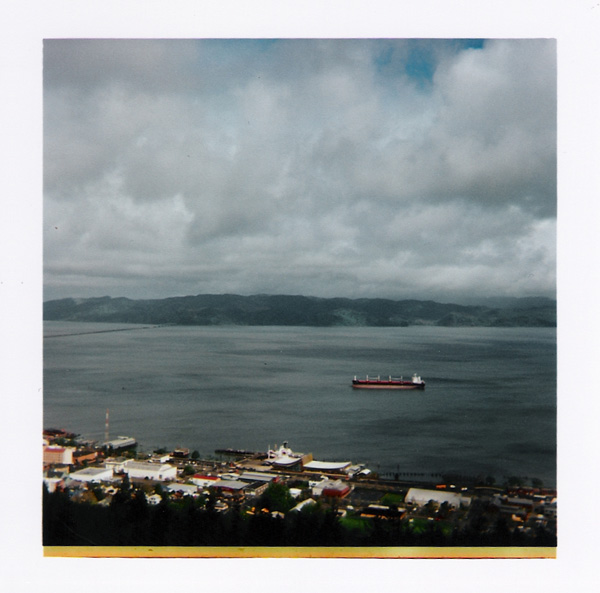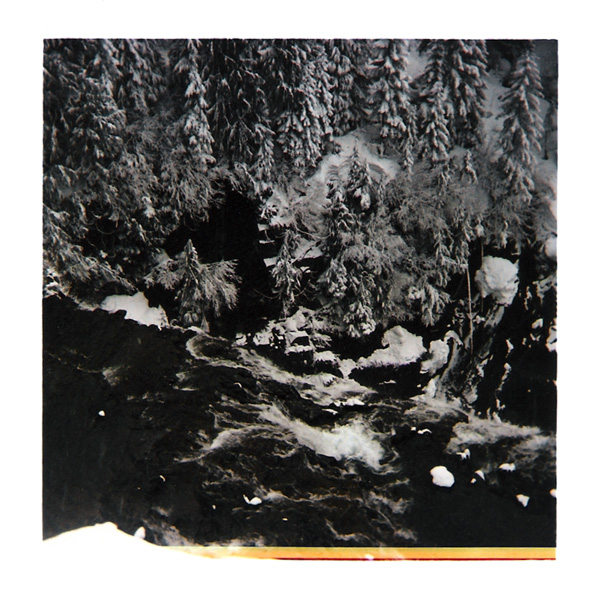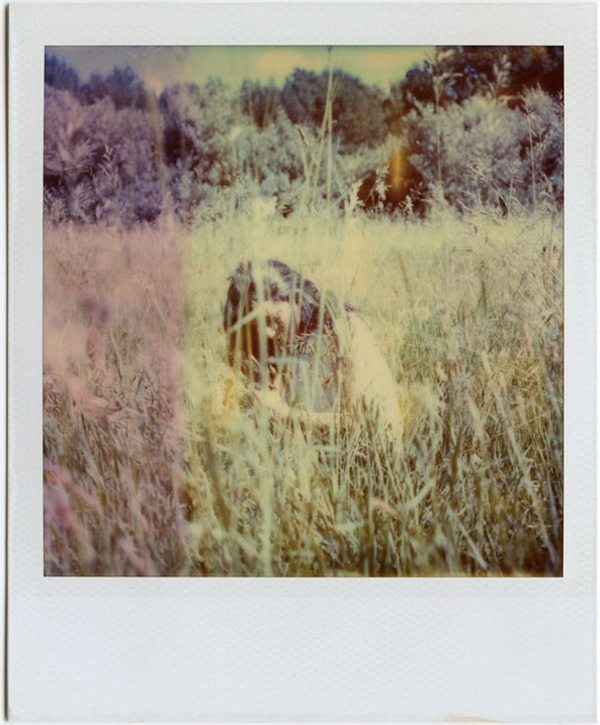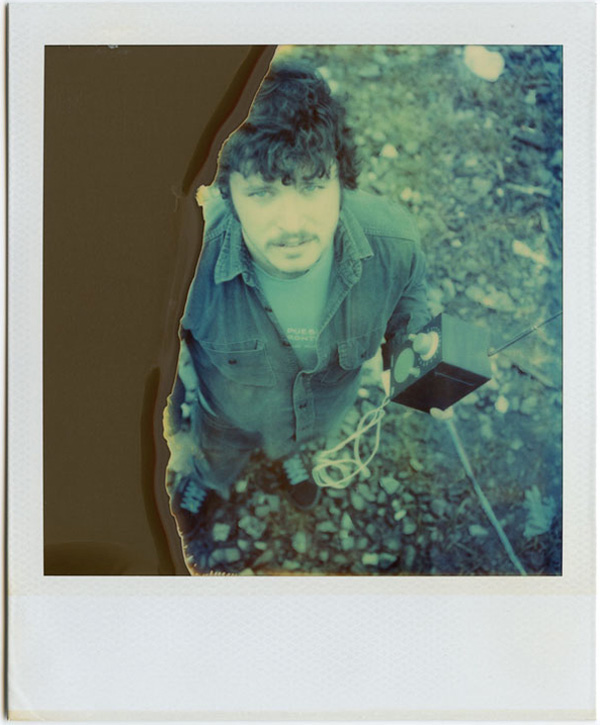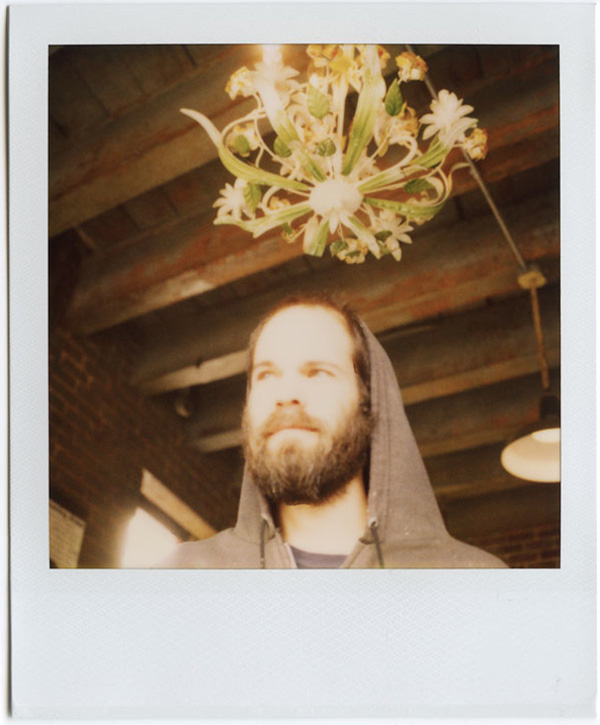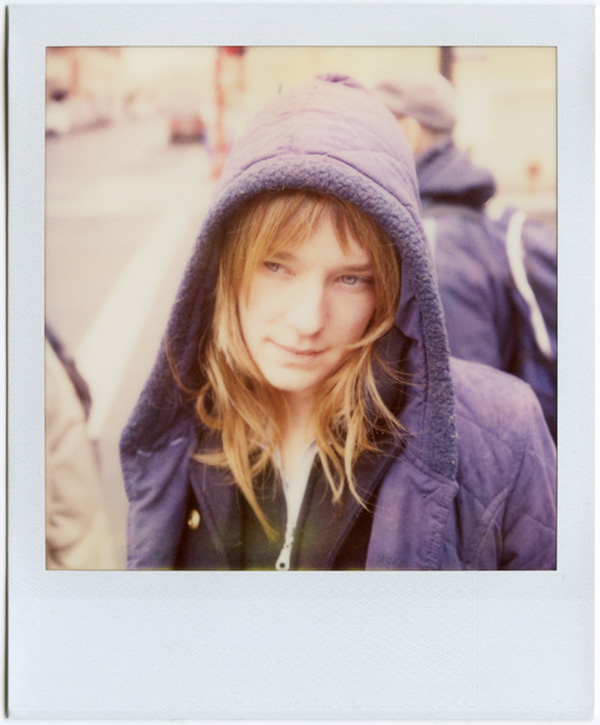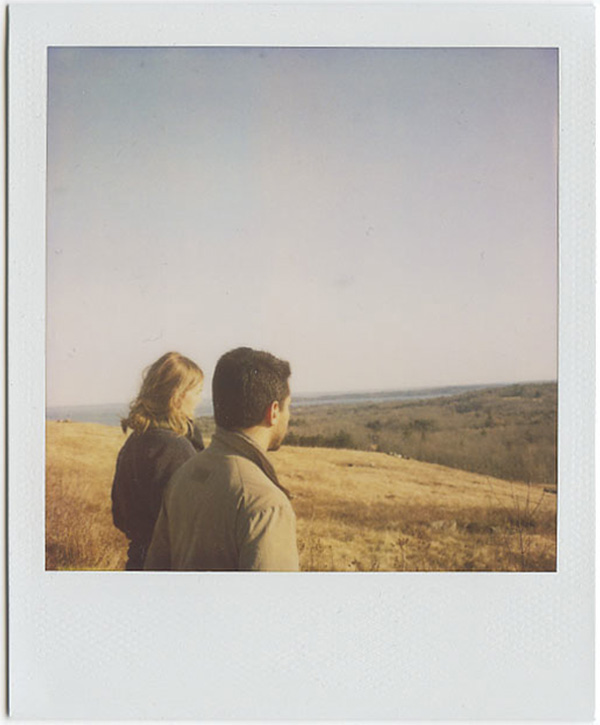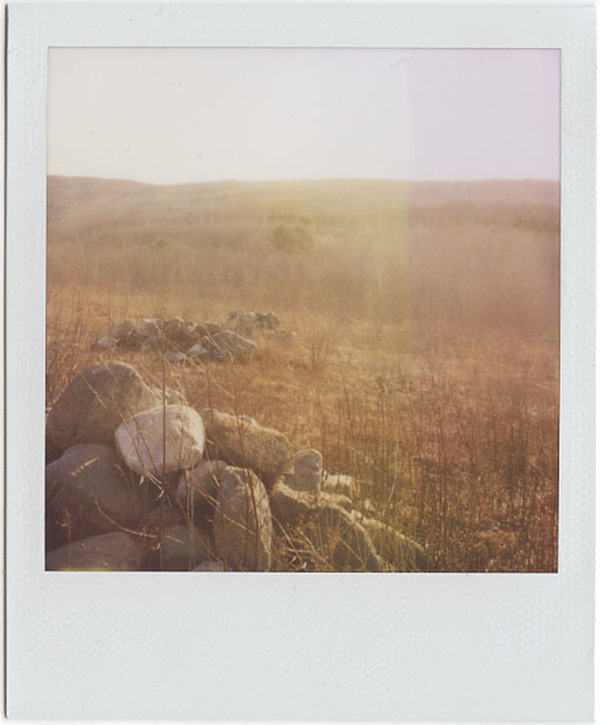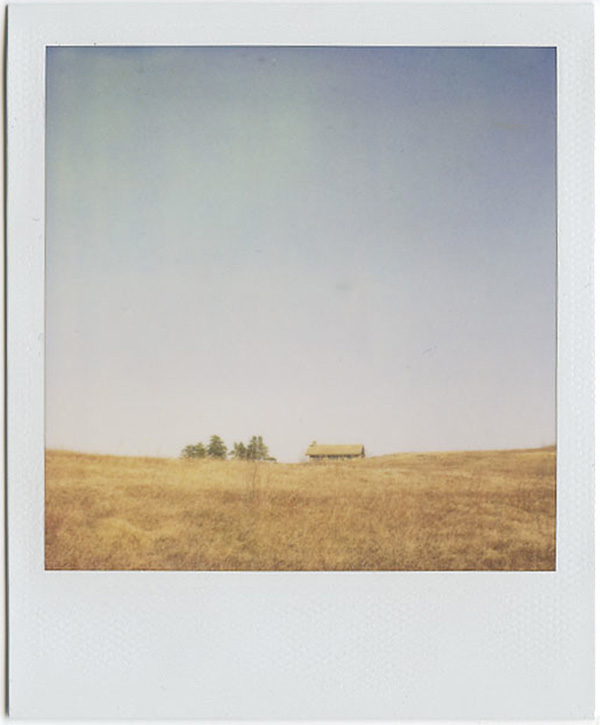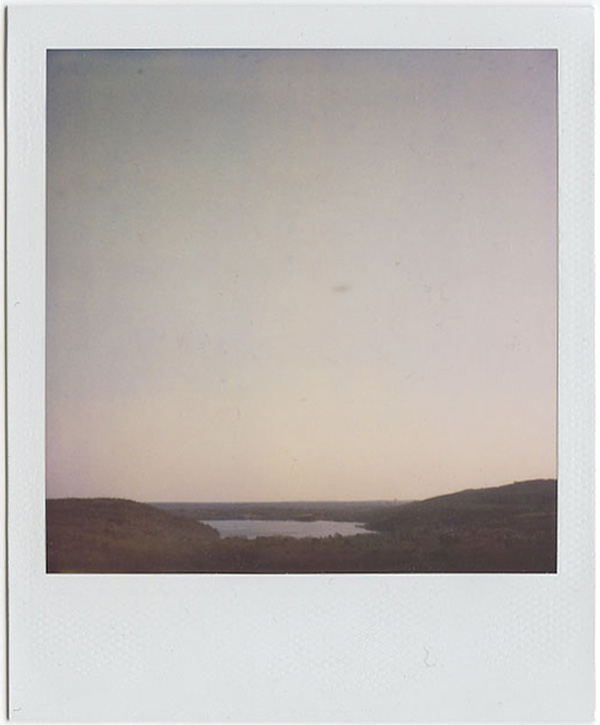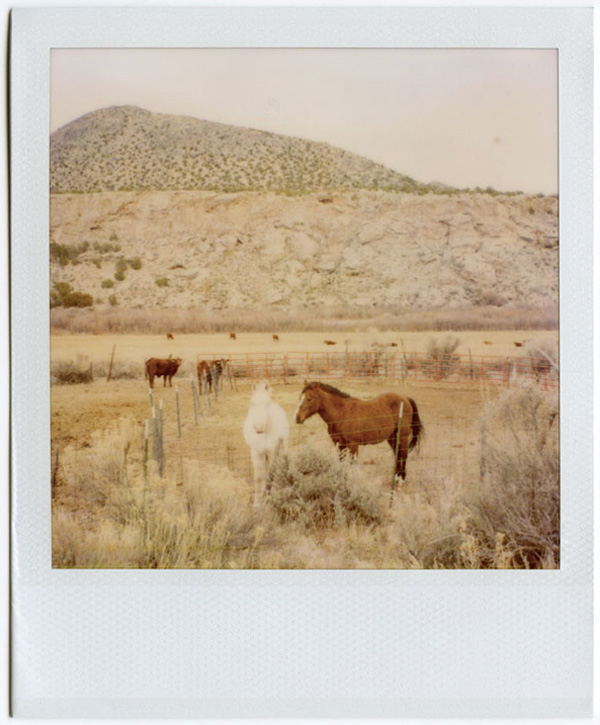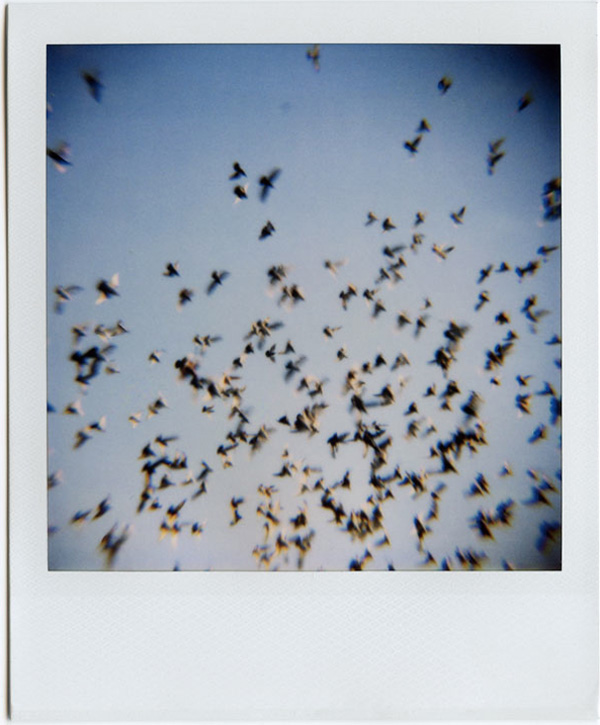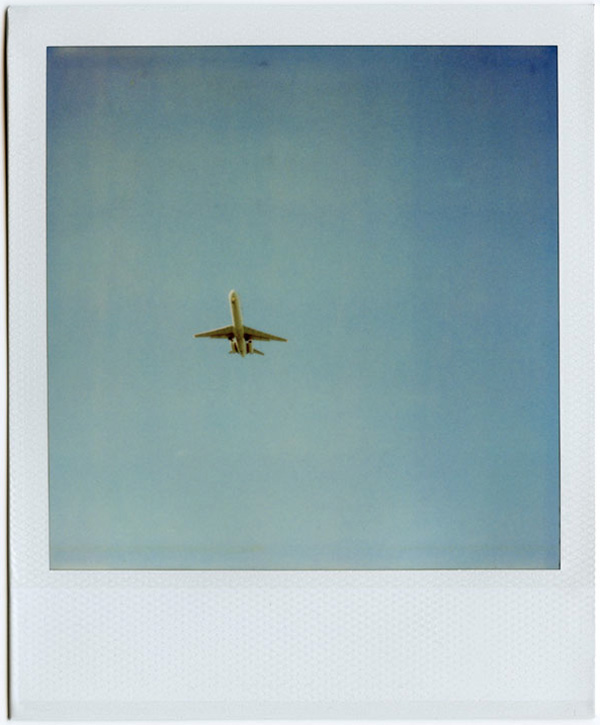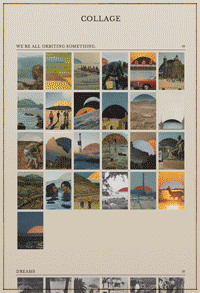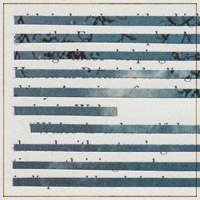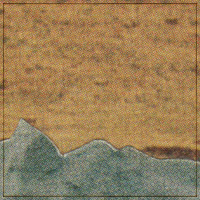Sascha Ciezata: Short film for Imperial Bedrooms






“The Crossing Place” is a short animated film by Sascha Ciezata created in honor of the release of Imperial Bedrooms by Bret Easton Ellis, Ellis’ follow up to Less Than Zero. I wish I could compose a more intelligent post about the novels but I’ve not read either of them. The reason I’m sharing this short is because that’s about to change. It’s not very often that I see hype for a book and actually want to read it, but Sascha managed to put together such a good promo that I plan on grabbing Less Than Zero tonight so I can get caught up.
The short I found to be completely mesmerizing. It’s minimal looping illustrations coupled with Andrew McCarthy’s narrative had me entranced the way an animated gif would have back in 1991. I think part of the intrigue comes from the fact that he created it on the iPhone, another testament that you don’t need tons of money to make something.. just a head full of ideas and ambition. I’ve been wanting to do animated shorts of my own collages lately and seeing this may just be the motivation I needed.
Btw – This may not be safe for work.. depending on where you work.

Digital Harinezumi: Lo-fi video exhibition at Space 15 Twenty
I stumbled across the Digital Harinezumi via blog post from Jakub over at ISO50 back in December. It’s super lo-fi and does a decent job of mimicking an 8mm so out of boredom/intrigue I decided to try it out. Its been traveling with me ever since. It’s tiny and feels like it could break at any second but it shoots some nice footage as long as your cool with not knowing what to expect. I love it because it’s a constant experiment, I keep filming randomness just to see how the camera will record it. Which leads me to the subject of this post..
Superheadz – the makers of the Harinezumi and Space 15 Twenty have put together an exhibition of video shot with the Harinezumi titled, “Harinezumi: Where Your Heart Should Be,” which opens tonight in L.A. I submitted a few of my experiments with the camera a while back and was pleasantly surprised to find one of them had made it into the exhibition. It’s the video included above, which was one of the first pieces I put together. The camera is really sensitive to light and warps color pretty hard so I was looking for ways to test it out. I drink tons of tea and one afternoon I found myself spacing out while watching tea leaves float around a french press. A couple hours later it was time for a fresh cup, so I boiled some water, grabbed a candle, put it behind the french press and started filming while I poured water over the leaves. The camera transformed it into this erie, etherial underwater landscape. Some comments I got back from it were, “I’ll never look at tea leaves the same again,” and “I think I just lost my mind.” I’m not sure if I could ask for anything else.
Side notes:
The exhibition is on display from May 27 – 31 at Space 15 Twenty 1520 N. Cahuenga Blvd. Los Angeles, CA 90028 with a live performance by Take and DJ set by Daedelus at the opening.
The soundtrack is from a mix by Astromatt who does some nice underwater ambient.
If your interested in more videos shot on the Harinezumi check out this Vimeo group. More of my video shorts are available here.

Pacific Northwest through a Kodak Instamatic X-15
I’ve been wanting to visit the Pacific Northwest for a while and finally had the chance in late April. My wife and I rented a car and drove from Seattle to Portland and everywhere in between stopping along the way for anything that caught our eye. One of our unexpected stops brought us to a tiny Mom & Pop shop in Seattle jammed so full of antique oddities you could hardly walk through. Amid all the clutter something did, however, manage to catch my attention, a 1970′s Kodak Instamatic X-15. For some reason, which I’ll explain shortly, I’ve been drawn to retro photography, not just hipster Polaroids but anything that looks like it wasn’t taken in the last 30 years. So I gave the big plastic camera a once over and decided to go for it. I figured if I’m going to get into it why not while amidst some interesting scenery. What I didn’t realize was that the film (126) has been out of production since 2007 and is rather hard to find. After some searching I found a place in Portland that had some in stock, which happened to be our next destination. Luck. From then on I started clicking away at waterfalls, tree moss, mountains, anything, not knowing if they were even going to turn out.
It was a strange adjustment to not see exactly what the photo looked like immediately after taking it. I had to wait till the entire roll was shot then send it away to be developed and wait for prints to return. Old school. Which is precisely why I’m drawn to retro photography. It slows things down, makes the process feel more important, more special, and gives you back a physical object. I’m not sure if it’s because I’ve been reading 1984 lately or I’ve just grown tired of doing everything digitally but I like the idea having a connection to the past. I can’t remember the last time I had a print made of a vacation photo, which has somehow made these prints feel more important. They aren’t necessarily better, they just aren’t exclusively on a screen or a hard drive. Who knows when the .jpg will become obsolete?
On a side note I had these developed and printed at Blue Moon Camera and Machine who are definitely still connected to the past (they even repair typewriters, yea typewriters.) They also operate one of the last remaining optical printing labs in the world and it shows in the prints. The colors turned out better than I could have imagined and they were more accurate than any of our other photos we took with our digital. I highly recommend trying them out, you’ll definitely notice the difference in quality. As good as digital has gotten over the years there’s still something about dark room prints that feel better.. maybe it’s just nostalgia. Something to think about next time you head out with a camera.
If you want to see the rest of the photos they’re posted on Flickr here.

Phonovideo: Experimental analog animation
‘Stuck in a Groove’ is an experimental animation by Austrian student Clemens Kogler using a technique he’s dubbed phonovideo. Basically it’s a reinterpretation of phenakistoscope, an animation technique from 1832 that uses spinning discs to bring frames to life. This is his first test with phonovideo, which is meant to be a VJ system that coincides with live music sets in the future. The part that intrigues me is that the recording process is completely analog, no computers or mixing software necessary. This deliberate move away from next level technology seems to be an emerging trend, at least in photography, but it’s still refreshing to see that the past is not dead. It’s also a nice way to differentiate from the mainstream.
New technique aside I would still be posting this video based on the art direction. ‘Stuck in a Groove’ is comprised entirely of remixed album covers with one exception. I love that every animation has that aged feel that you’d expect from vintage vinyl. Where white would have once been a warm khaki takes it’s place, which I suspect is a result of the cardboard he printed on. For his first test he managed to meld art with new technique perfectly. I’m looking forward to seeing what he does in the future and I’d love to see this done live.
If you want more details the whole process is laid out quite nicely over on Motionographer’s site. And if you haven’t seen any of his other work I recommend ‘Herr Bar,’ a music video for Warp Record’s Clark comprised entirely of body parts.

Mikael Kennedy: Ten years of shooting life on the road
Mikael Kennedy is an American photographer that has spent the last ten years of his life wandering the world, snapping photos with his polaroid along the way. I stumbled upon his work via an article written on Dazed Digital’s site for his most recent exhibit “Shoot the Moon” at the Chelsea Hotel in New York. Aside from loving these photos, I was particularly drawn to his ideas on why polaroids make us react differently than other photographs do. In his interview with Dazed Digital he says,
“I think we react very differently to a polaroid than we do to other kinds of photography. It’s interesting that police and insurance companies used to use them as evidence, they were considered the truth of what had happened. I think that is why this documentation of a life with polaroids somehow rings true with folks. With a Polaroid the image is just there, it is what happened, there is no option to alter the image, there are no zoom lenses, so not only was it what happened but it means that the person taking the picture was right there. It’s a small photo too, so you have to get close to see it, everything about them is intimate.”
I’ve always been drawn to the old photographs I’ve found in my grandparents albums and this seems to help me understand, at least a little, why I like them so much. I also really enjoyed his philosophy as an artist. When asked what drives him his response was “life,” particularly his. He finds beauty in every moment and these photos are simply snapshots of those little moments. They’re the visual story of his life. Proof that he didn’t waste it behind a desk or melting into a couch in front of a television. It’s pretty inspiring, not that I’m going to up and move to Serbia but I’ll certainly think twice when I start to feel like I’m wasting away my time.

Think or Smile | Nathaniel Whitcomb © 2010





